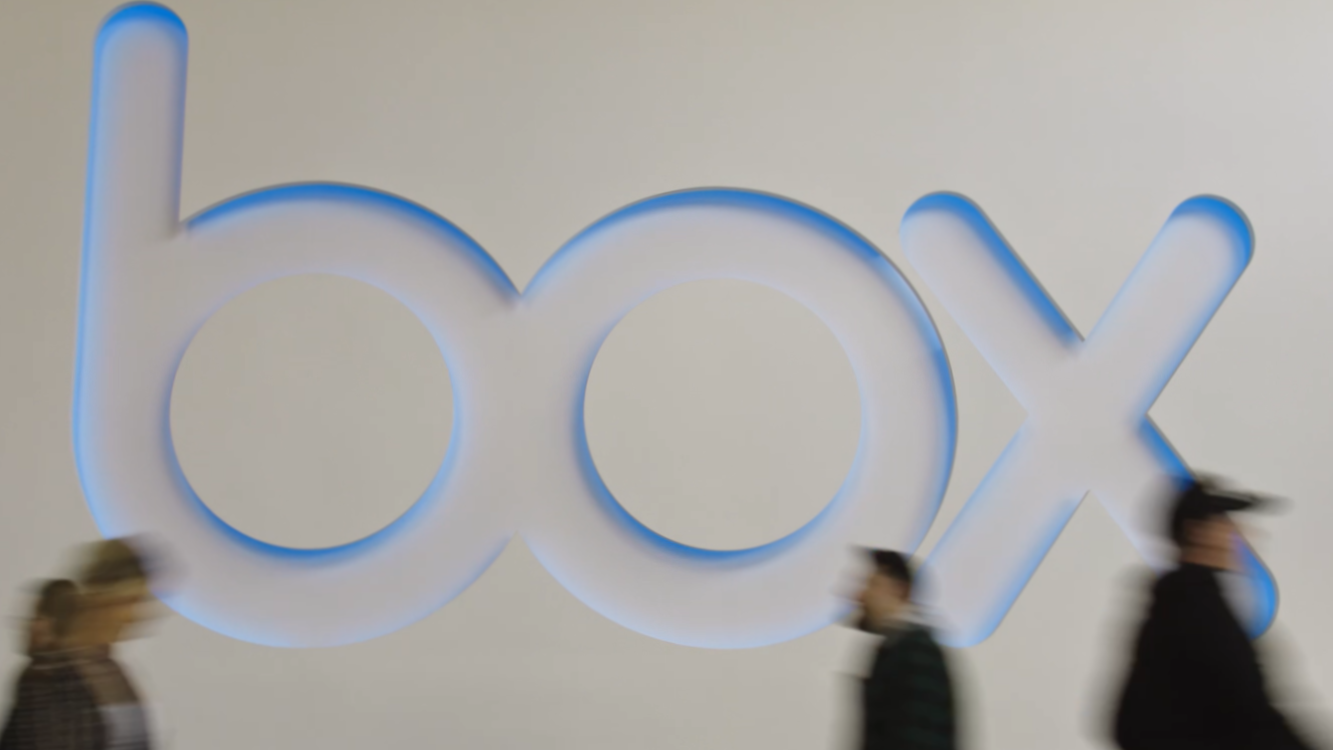
보안 데이터에 대한 명확성을 보장함으로써 사이버 위협에 효과적으로 대응하는 Box
강력한 콘텐츠 및 워크플로 보호 기능을 한층 높이기 위해 Box는 Tableau Cloud에서 Tableau Pulse를 사용하여 인사이트를 발견하고, AI 오용으로 제기되는 진화하는 위협에 대한 보안 대책을 최적화합니다.

강력한 콘텐츠 및 워크플로 보호 기능을 한층 높이기 위해 Box는 Tableau Cloud에서 Tableau Pulse를 사용하여 인사이트를 발견하고, AI 오용으로 제기되는 진화하는 위협에 대한 보안 대책을 최적화합니다.